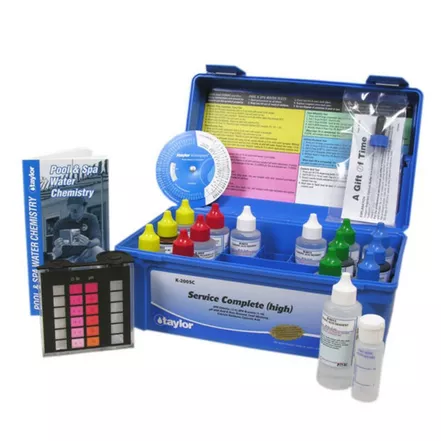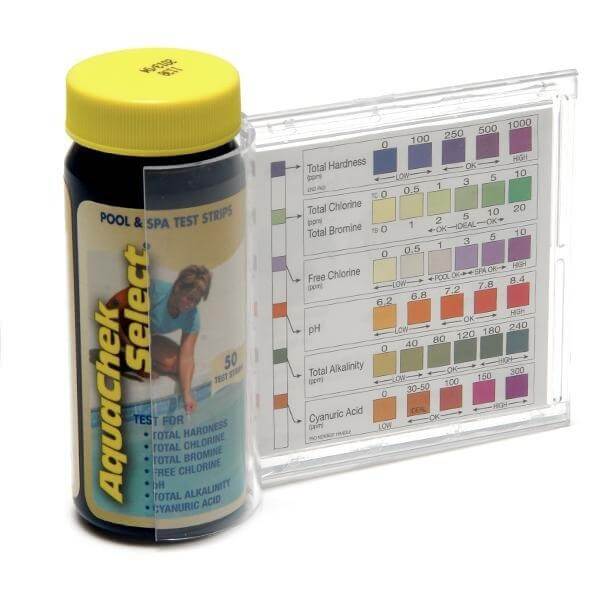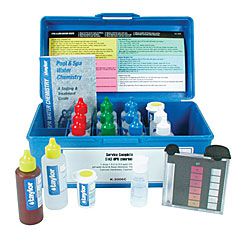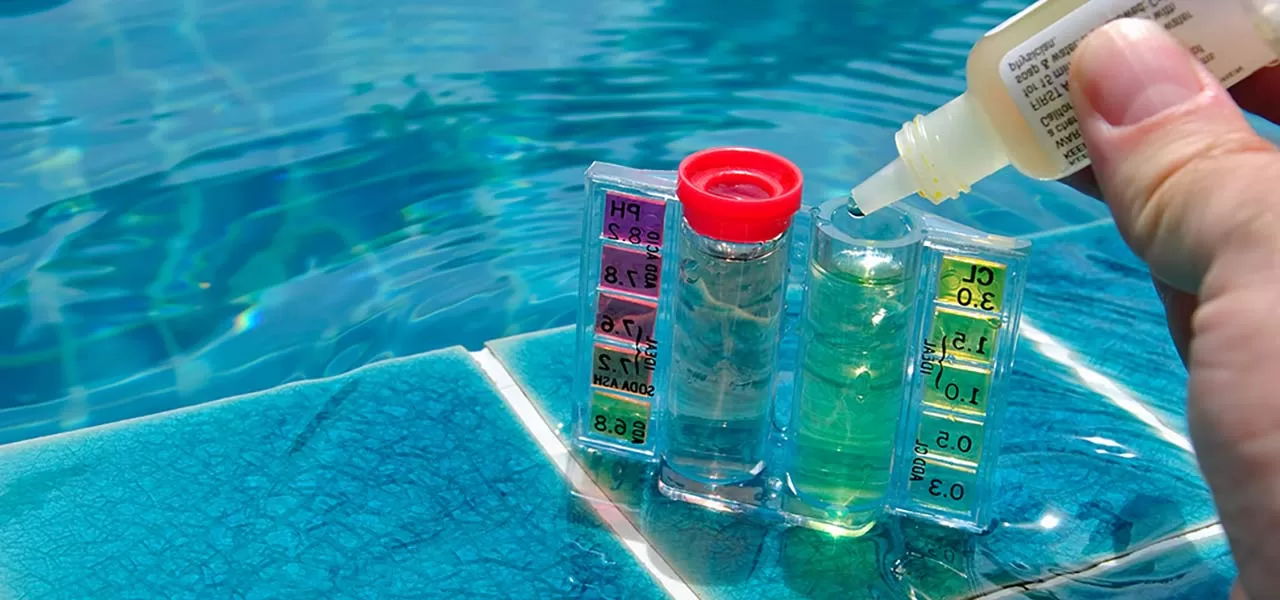For the pool service guy, the public pool operator, or the home pool owner who wants the most accurate testing, one need look no further west than the state of Maryland, home to two of the largest manufacturers of pool and spa test kits.
From the Free State comes ways to measure pool water in all sorts of ways. Test kits, strips and meters to measure sanitizer levels (bromine, chlorine, biguanide), water balance (pH, alkalinity, calcium hardness, cyanuric acid) and metals (iron, copper, manganese). There are also testers for salt levels (for pools with salt chlorine generators), and test strips for phosphates or bacteria.
Today, let’s compare and contrast two top offerings by both of these esteemed Mid-Atlantic water testing companies, in a battle royale for pool and spa testing superiority!

The ColorQ test kit is a digital test kit for pools and spas by LaMotte. It uses a colorimeter to read light spectrums through a test sample in a vial, and display a digital test reading. The ColorQ test kit is available as a 7-test version, the ColorQ Pro 7, with more tests in the ColorQ Pro 9 or 11 test kits.
Users report that the ColorQ kit is faster and easier to use than the Taylor test kit, because you only need 1 reagent per test. Many also call it more accurate, because it removes human visual interpretation of slight shades of hue, such as when using a Taylor test kit.
LaMotte ColorQ Test Kit instructions
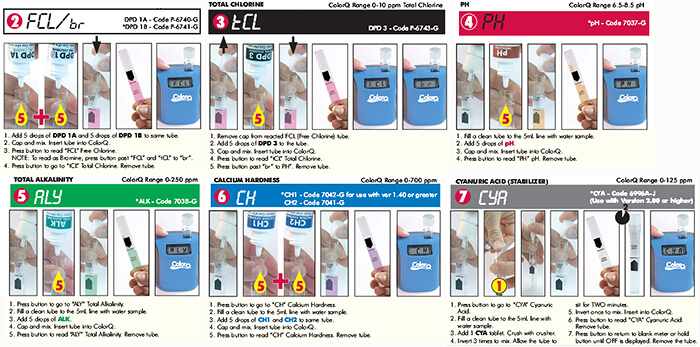
Critics of the ColorQ test kit, however state that a digital test reader, although excellent at reading small color changes, as observed with a pH and chlorine test, may give inaccurate readings for cyanuric acid, which is a turbidity test, and prefer the disappearing dot test, as used by Taylor. Users have also reported differences in alkalinity and calcium tests when they do side-by-side testing – Taylor and LaMotte.
In most cases, however, when using fresh batteries and fresh reagents, the LaMotte ColorQ test kit can deliver consistent, accurate results for all pool or spa tests. Cold water temperature, reagent age or unit calibration can affect some test results substantially.

When you talk about a Taylor test kit, you are usually talking about the K2005 DPD test kit, or the K2006 FAS-DPD test kit, which uses a titration test to check chlorine levels. Titration tests are when you count the number of drops until you get a desired color change, and then multiply the number of drops by x, usually 10, to produce your reading.
Taylor K2005 and K2006 kits use a color matching test for pH, where you add 5 drops of indicator solution and compare the color in the vial to the color chart. LaMotte does the same, only more accurately one would assume, with a digital spectrometer. The same for chlorine and bromine tests, Taylor uses a visual comparison of the sample test color, and LaMotte reads it digitally – with the exception of the K2006 test kit, which uses titration, as described above.Taylor kits have the advantage of having Acid Demand and Base Demand tests, which tell you how much acid or base to add to achieve a desired change in pH level.
Taylor K-2005 Test Kit instructions
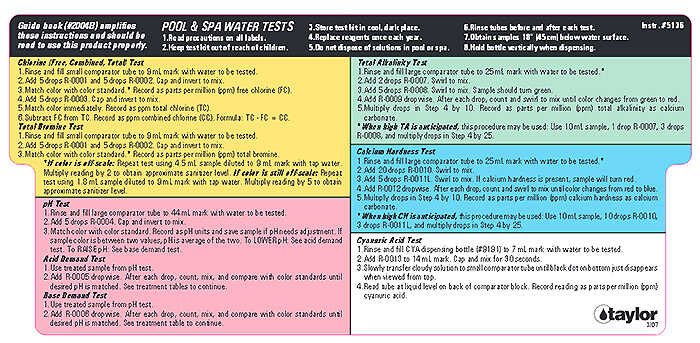
Calcium Hardness and Alkalinity tests with the K2005 or K2006 are done with a titration test, without limits on how high you can go (LaMotte colorimeter has a limit on the high range). The cyanuric acid test, a turbidity test, would seem to be easy for the ColorQ tester, measuring how cloudy the water is – yet there are those that say that Taylor’s disappearing dot method produces more accurate results.
The downside to the Taylor tests is that there are a lot of reagents to add for each test, and some of the tests rely on human vision and color matching skills. Compared to ColorQ, the ranges are slightly more limited for pH, chlorine and cyanuric acid, but nearly unlimited for higher alkalinity and hardness readings.

Both are extremely popular, and easy test kits to use. ColorQ is faster – but the K-2005 may be more accurate. Choose the test kit that appeals to you most.

